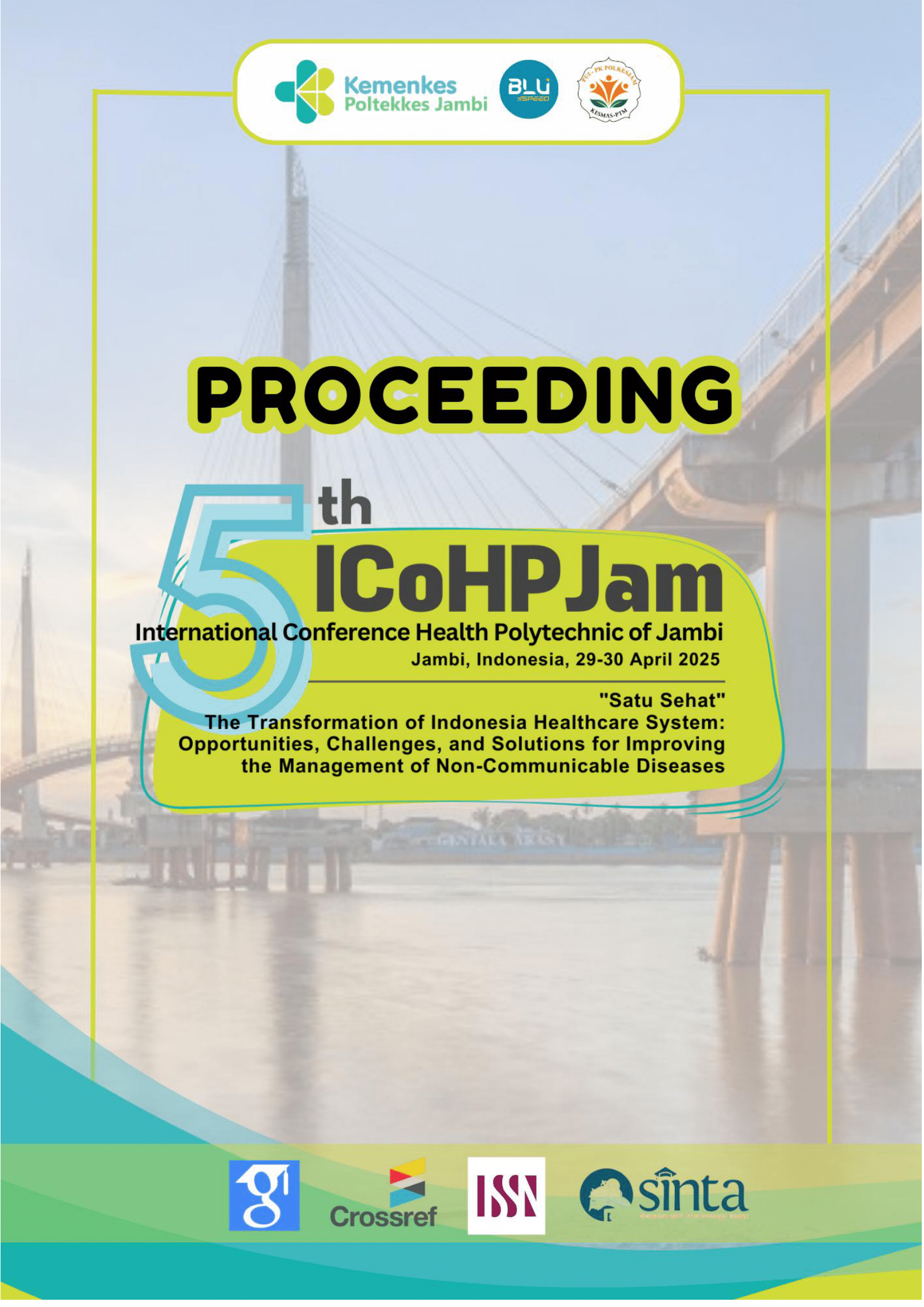Development of A Safety Risk Model For Offshore Helicopter Operations In Critical Phases Through A Systematic Literature Review
Abstract
Background: Offshore helicopter operations are essential for the oil and gas industry, particularly for transporting personnel and supplies to offshore platforms. However, the critical phases of flight—approach, landing, and take-off—contribute to over 60% of helicopter-related aviation accidents worldwide. In Indonesia, these risks are amplified by extreme weather conditions, poor helideck infrastructure, pilot fatigue, and inconsistent regulatory enforcement. An effective, context-specific risk management model is therefore urgently needed.
Method: This study applies a Systematic Literature Review (SLR) approach to examine current research on risk management in offshore helicopter operations. A total of 38 relevant articles were selected from databases including Scopus, Web of Science, and Google Scholar. Thematic synthesis was used to extract insights related to risk factors, mitigation strategies, and modeling approaches.
Result: The review identified four major risk factors: adverse weather, helideck design flaws, human error, and pilot fatigue. Effective mitigation strategies include simulation-based pilot training, predictive technologies, UAV-based inspections, and compliance with international safety standards. Despite these advancements, challenges such as limited infrastructure, lack of standardization, and enforcement gaps remain, particularly in Indonesia. Modeling in this context refers to the use of analytical frameworks such as STPA, Bayesian Networks, SWARA-CoCoSo, and FMEA-BWM to represent, simulate, and prioritize safety risks.
Conclusion: This study proposes a predictive, data-driven risk model that combines international best practices with Indonesia’s operational realities. The model aims to improve offshore aviation safety by enabling proactive decision-making, supporting policy development, and strengthening flight safety standards across critical phases.



